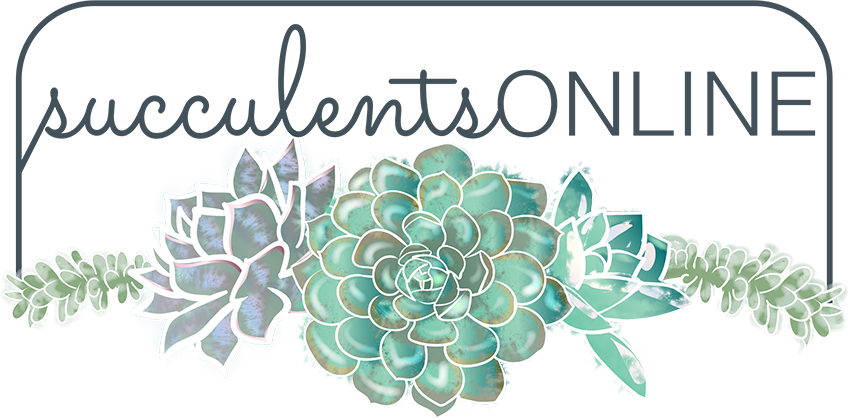Our fascination with fasciation
What exactly is a Mermaid’s Tail?
There is a lot of misinformation out there on this plant. The Mermaid’s Tail is simply a crest that forms on the plant Senecio Talinoides ‘narrow leaf chalk sticks’ or Senecio Vitalis. As far as I am aware these two plants are the same.
In 2020 I was lucky enough to discover a giant mermaid’s tail growing in my front garden off a Senecio Talinoides. The crest started forming at the end of one stem and grew so large that I had no choice but to cut it off as the weight was pulling the plant down. It was the most beautiful crest I had ever seen and I was really hesitant to remove it. Once removed I let it dry for a few days and then planted it in some well-draining succulent mix.
It was hard to spot at first but was very exciting.
My Senecio Talinoides with the crest formation.
The crest once removed and potted up.
I so badly wanted it to keep it’s form, but over the next few weeks the crest continued to grow and morph into several smaller crests. Once again I had to cut it up as the plant became so heavy that the smaller base could not sustain its weight. From that one initial crest, six more formed. Again I let them dry out for several days before placing them into soil. This is what they seem to do, they twist and turn into other smaller crests. I am yet to see them stay in that beautiful form of a mermaid’s tail. Having said that they are well worth growing just to see the changes they go through.
Removing the crest from the main plant.
A couple of decades ago crests were thrown away as they were thought to be misshapen, now they are looked upon as something quite unique and beautiful and are much sought-after. It isn’t known for sure why plants crest but some think it may be due to a hormonal imbalance within the plant. The deformity is called fasciation, and is a random occurrence. You can plant cuttings of the Senecio but this doesn’t ensure you will end up with a Mermaid’s Tail. It’s not a plant we can produce here on a whim, but have to wait just like everyone else for one to form.
How to care for your Mermaid’s Tail
These plants are quite low maintenance, and must only be watered when dry. Over-watering is probably the worst thing you can do to a mermaid’s tail which seems ironic considering the name. Only water when the plant is completely dry. Sunshine is important too, do not put your Mermaids tail in prime position inside where everyone can see it only to see it fade away due to lack of light. Unless of course you have the perfect sunny spot, these plants like airflow and at least morning sun. The plant will also need manicuring, the bottom leaves must be pulled or cut off to ensure the nice shape and texture. In a nutshell, give your plant morning sun, limited water and plant in a really well draining potting medium. Treasure it- they can be hard to come by.
Mermaid’s tail before being trimmed.
Mermaid’s tail after a haircut.
Crested plants for sale
We sometimes list Mermaid’s Tail for sale but they sell out immediately, within minutes. Keep an eye on our special plants section for these treasures to pop up.
Cacti - Cleistocactus Samaipatanus f. cristatus
Cleistocactus Samaipatanus Cristatus, very special crest. One for the collection- grow in morning sun in pots.
Echeveria Dark Vader - Crested
Crested form of Dark Vader. The leaves resemble the shape of Topsy Turvy which is part of his parentage. The leaves are curled and upturned, his colours resemble dark green to darkish maroon. The winter colours are beautiful and like most Echeveria this is when he really shows his style. A great new addition to anyone’s collection. Morning sun position in summer and full sun during the winter months.
Euphorbia Lactea f. cristata is the crested form of Euphorbia Lactea. Fascinating plant the way it grows, the crests seem to fan out and curl up. Slow grower but perfect specimen plant to add to any collection. Morning sun is best in pots but they will grow in the garden in full sun.
Common names include Crested candelabrum plant, Crested Elkhorn, Crested euphorbia, Coral cactus.
New PREMIUM accessories added
Check out our new range of accessories, a quality and stylish addition to your succulent and plant obsession.














